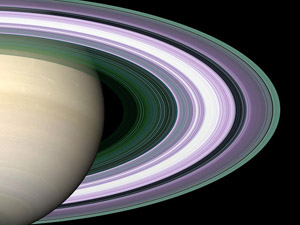Cassini Spots Potential Ice Volcano on Saturn Moon
PASADENA, Calif. — NASA’s Cassini spacecraft has found possible ice volcanoes on Saturn’s moon Titan that are similar in shape to those on Earth that spew molten rock.
Topography and surface composition data have enabled scientists to make the best case yet in the outer solar system for an Earth-like volcano landform that erupts in ice. The results were presented on December 14 at the American Geophysical Union meeting in San Francisco. (more…)

